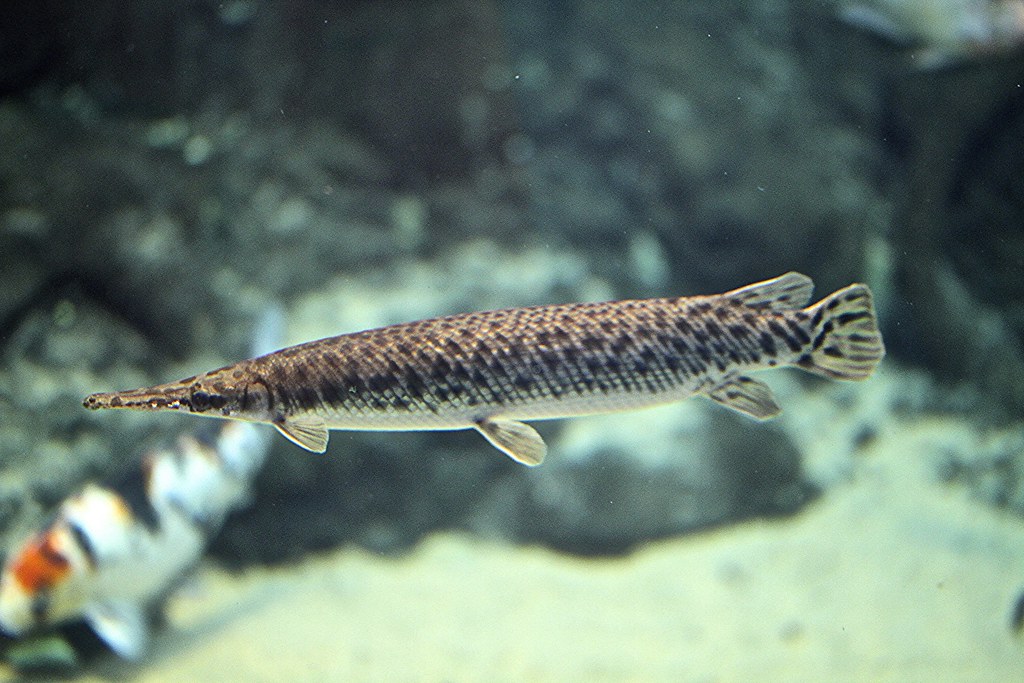The aquarium gar, also known as the spotted gar or shortnose gar, is a popular fish species among aquarium hobbyists. They are known for their prehistoric appearance, long snout, and unique swimming style. In this article, we will delve into the characteristics, care, and breeding of the aquarium gar.
Characteristics:
Native to North America, the aquarium gar is a freshwater fish that can grow up to 3 feet in length. They have a slender, cylindrical body with dark green or brown spots covering their scales. They have a long snout that makes up about 60% of their body length, which they use to ambush prey. They have sharp teeth and are carnivorous, feeding on small fish, crustaceans, and insects.
One unique characteristic of the aquarium gar is their swimming style. They swim in a sinuous, snake-like motion, moving their entire body from side to side. This movement is necessary for their hunting strategy, as they use it to sneak up on their prey.
Care:
The aquarium gar is a hardy fish that can adapt to a wide range of water conditions. However, they do require a spacious tank due to their size and swimming habits. A minimum tank size of 75 gallons is recommended for one adult gar, with an additional 25 gallons for each additional fish.
The water in the tank should be kept at a neutral to slightly acidic pH, with a temperature range of 72 to 82 degrees Fahrenheit. They prefer a soft to medium hardness water, with a filtration system that provides adequate water movement and oxygenation.
In terms of feeding, the aquarium gar is a carnivore and should be fed a diet of live or frozen fish, shrimp, or insects. They may also accept pellet or flake food, but these should not be the primary source of their diet.
Breeding:
Breeding the aquarium gar in an aquarium setting can be challenging, as they require a specific set of conditions to breed successfully. They are an egg-laying species, with females laying up to 40 eggs at a time. The eggs are adhesive and attach to aquatic plants or other surfaces.
To encourage breeding, it is recommended to simulate the natural breeding conditions of the aquarium gar. This involves providing them with a spawning mop or other vertical surface for the female to lay her eggs on. The water temperature should also be raised to around 80 degrees Fahrenheit, and a pH level of 6.8 to 7.2 should be maintained.
Once the eggs are laid, they will hatch in about 6 to 8 days, depending on the water temperature. The fry will initially feed on their yolk sacs, and once that is depleted, they can be fed small live food such as brine shrimp or micro worms.
Conclusion:
The aquarium gar is a unique and fascinating fish species that can make a great addition to an aquarium. They require specific care conditions and may be challenging to breed, but with the proper setup, they can thrive in an aquarium environment. Their prehistoric appearance and distinctive swimming style make them a popular choice among aquarium hobbyists.










![]()
